
Leaders should adopt a hybrid approach while taking responsibility for the agile transformation of their organization. Which will allow them to reach their business goals faster and more efficiently.
We all are aware of how important Agile transformations are. These services allow firms to be more reactive, do more with less, and better serve their customers’ interests. But fully implementing agile transformation principles and practices across multiple teams and departments is one of the most challenging tasks for any organization.
You’d be surprised to know that almost 70% of agile transformation initiatives fail. According to a 2021 meta-analysis published in Harvard Business Review, the figure could be as high as 78%. And the reason people get so bad results is because of 2 main reasons:
We’ll talk about the second mistake in some other article but for now. Let’s talk about the first mistake in detail and how you can avoid making this mistake and how to implement agile transformations in your organization successfully.
Leaders who are new to agile transformations often look up to preexisting agile transformation practices but most often that knowledge is wrong. Most often the leaders depend on Scrum Masters for enabling successful Agile Transformation.
But the truth is, the role of the scrum master is designed to support agile teams and provide agile solutions on a day-to-day basis but oftentimes they fail in the long-term adoption of the agile methodology.
It’s true that scrum masters are knowledgeable about agile project management, but their knowledge is typically limited to a subset of it. They may not be well-versed in expanding agile transformations beyond a single team, and they may be unfamiliar with agile implementations that do not use the scrum framework. With a few exceptions, It is not recommendable to completely believe that they are prepared to manage change.
Therefore leaders who are responsible for Agile Transformations cannot delegate the responsibility of this to Scrum Masters. They must take complete responsibility for it. This doesn’t mean they have to be the ones drawing up new organizational charts or evaluating agile tools, but they must be involved in the transformation from start to finish. Scrum Masters are a great addition that’s going to support you throughout the whole agile transformation process. But it’s not a great idea to add them on the front.
The best way for leaders to maintain accountability for the success of the agile transformation process is to clearly express the outcomes they expect post-transformation.
Agile solutions exist to solve organizational problems. Agile is sometimes used to boost market speed. At times, it is used to empower staff in order to enhance innovation and retention. In other circumstances, it’s a way to reduce rework and waste caused by a siloed organizational structure.
Whatever the reason, the purpose of an agile transformation is to solve a broader problem. Effective transformation leaders are able to express this outcome clearly and have found measurements that indicate its presence.
And by focusing more on the outcome and less on the output of the Agile Transformation process the leaders can make sure that they are involved in the transformation without becoming overwhelmed by the process.
Agile outputs include working agile teams, visible backlogs, regular sprints, and more. Scrum masters are well-positioned to assist you in obtaining these, but simply performing sprints and establishing backlogs does not imply that the greater outcome has been met.
You’ll need strategic advice, either from internal champions with transformation experience or from external consultants, to ensure outputs are aligned with your targeted results. When this is joined with long-term leadership commitment to attaining the targeted outcomes of the change, rather than merely outputs, there is a potential to join the 22% who achieve effective transformation.
But 90% of the time you won’t find an internal leader having experience with agile transformations. That’s why it’s always a better idea to delegate the process to an external agile consultant who has in hand experience in agile transformations.
And IDTCS is an agile consulting firm based in the USA which can provide you with agile transformation services and help you in the transformation process taking away a huge burden from your head.
Even after outcomes are identified and integrated the teams and their leaders including scrum masters require support. And sustaining this focus on transformation for multiple quarters or years can be challenging, but it can be easily simplified by using the right tools.
Instead of leaving agile practitioners to fend for themselves, leaders should use strong tools to assist the transformation to become self-sustaining.
Whatever way you take, make sure you don’t delegate responsibility for your transformation to individuals who, while they may have agile experience, lack the capacity to shepherd a complicated business agility project. Instead, establish a clear goal by implementing agile principles and practices, and then collaborate with your agile subject matter experts to help you achieve it.
We can clearly see that although people might have experience in agile transformations. It is not a good practice to completely delegate and blindly trust other individuals for the agile transformation process and what are the outcomes that one should focus on while monitoring it.
But delegating and sharing your burden is easier because IDTCS provides agile transformation and agile consulting services where we will guide you and help you throughout the agile transformation journey of your organization.
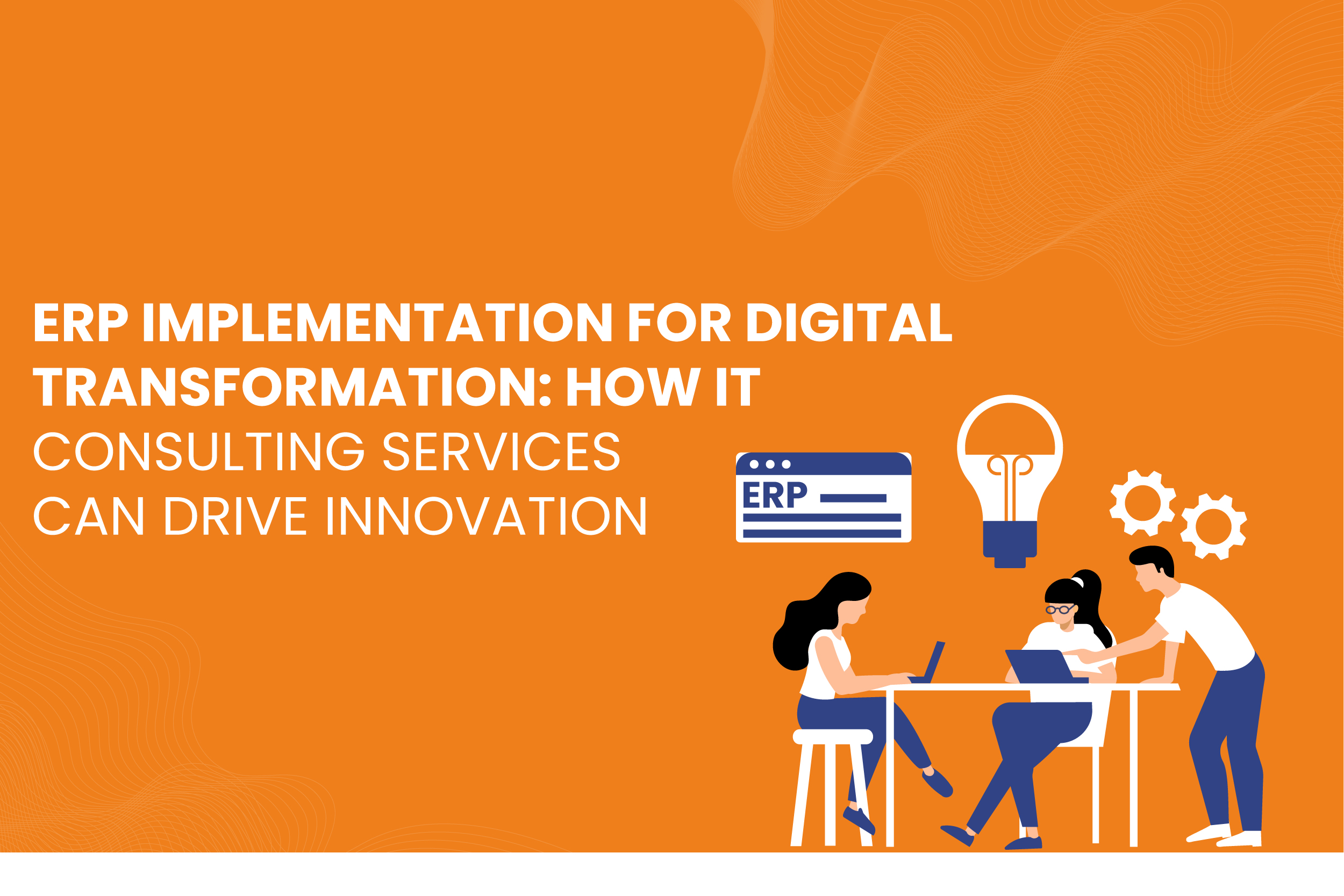
In today’s fast-paced digital landscape, businesses must adapt to changing technologies and customer expectations to remain competitive. One of the most effective ways to achieve this adaptability is through digital transformation, which involves integrating digital technologies into all areas of a business. A critical component of this transformation is Enterprise Resource Planning (ERP) systems.
Read More
Implementing an SAP system can be a transformative step for organizations aiming to enhance their operational efficiency, streamline processes, and improve data visibility. However, success in an SAP implementation goes beyond simply completing the project on time and within budget. It involves measuring and analyzing key performance metrics that provide insight into how effectively the system is being utilized and whether it meets the organization’s objectives.
Read More
In today’s fast-paced business environment, efficient systems and processes are vital for success. Enterprise Resource Planning (ERP) systems like SAP are central to this, helping organizations streamline their operations, manage resources more effectively, and drive productivity.
However, ERP implementation is a complex and often challenging process that requires a skilled IT consulting partner to ensure success. Selecting the right IT consulting services for your ERP implementation, especially for SAP, can make the difference between seamless integration and costly disruptions.
Read More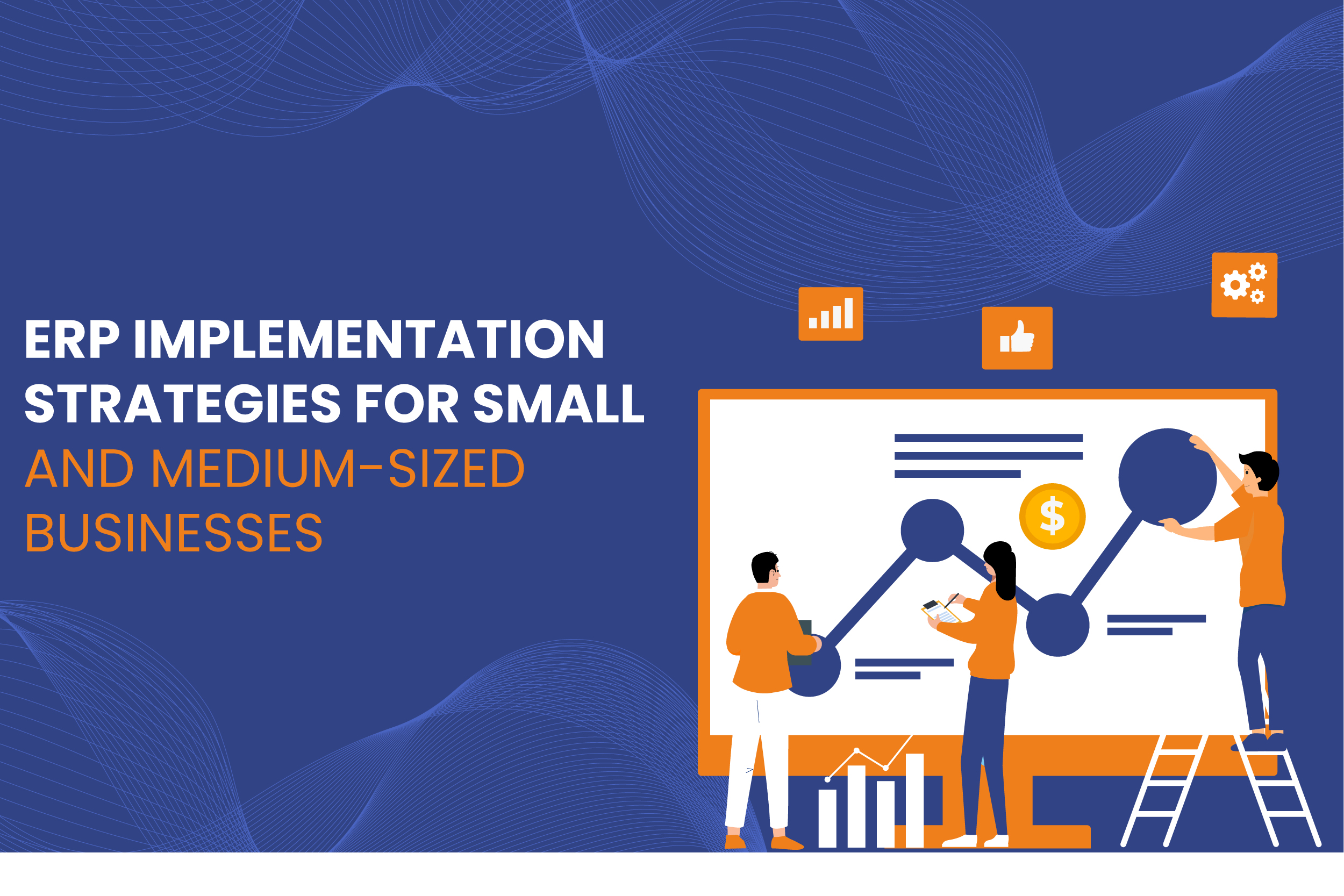
ERP systems have become indispensable tools for businesses looking to streamline operations, improve efficiency, and maintain a competitive edge. However, implementing ERP solutions can be daunting, especially for small and medium-sized businesses (SMBs) with limited resources.
The complexity of the process, cost concerns, and the need for seamless integration across departments pose significant challenges. To overcome these, SMBs must adopt tailored ERP implementation strategies that align with their unique requirements.
Read More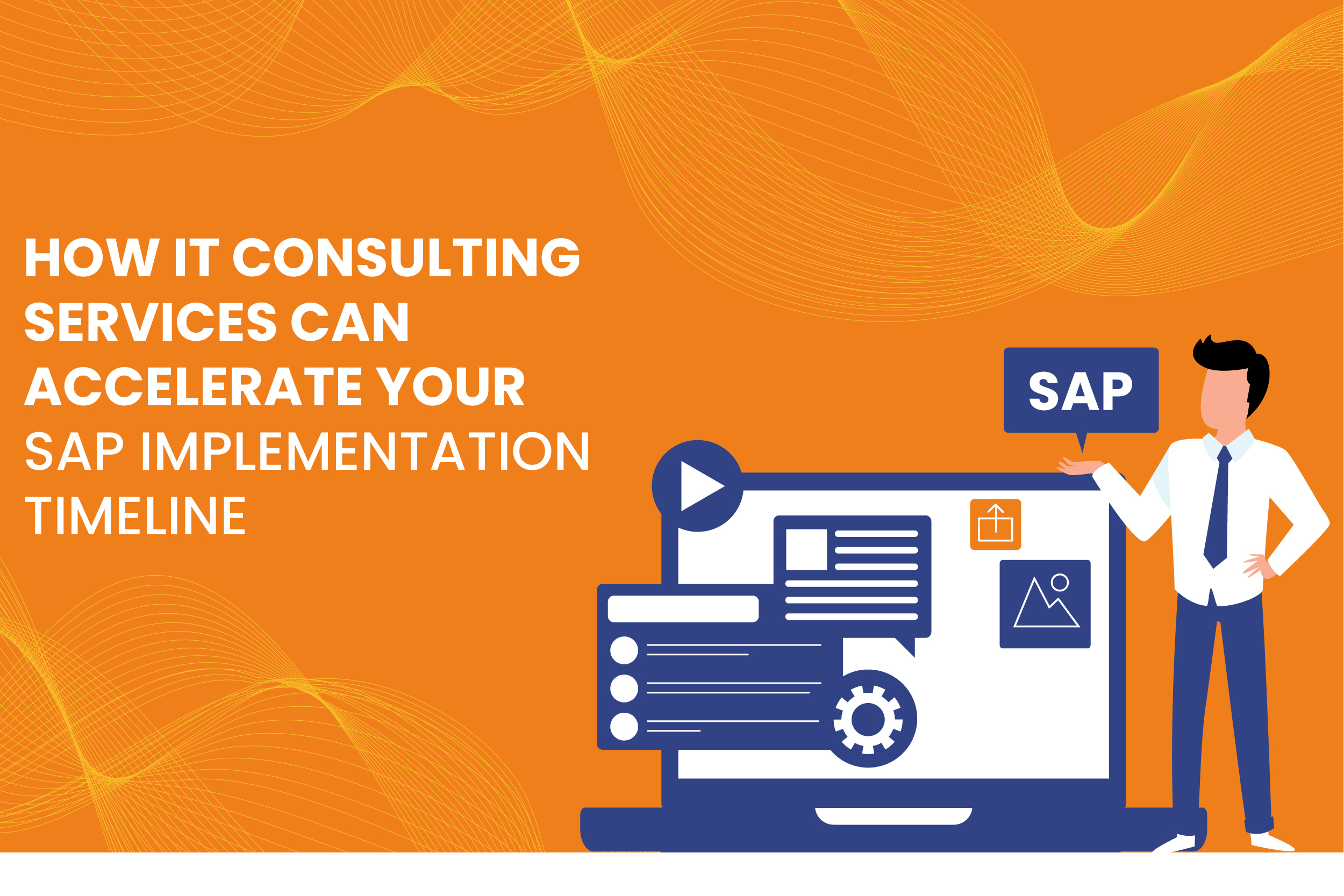
In today’s fast-paced business environment, Enterprise Resource Planning (ERP) systems like SAP (Systems, Applications, and Products) are crucial to streamlining operations, improving efficiency, and supporting growth. However, the process of SAP implementation can be complex and time-consuming, often putting a strain on internal resources.
This is where IT consulting services come into play, providing the necessary expertise and support to accelerate your SAP implementation timeline. By leveraging specialized knowledge and proven strategies, IT consulting services can significantly shorten the time required for successful SAP deployment, helping organizations stay competitive and responsive to market demands.
Read More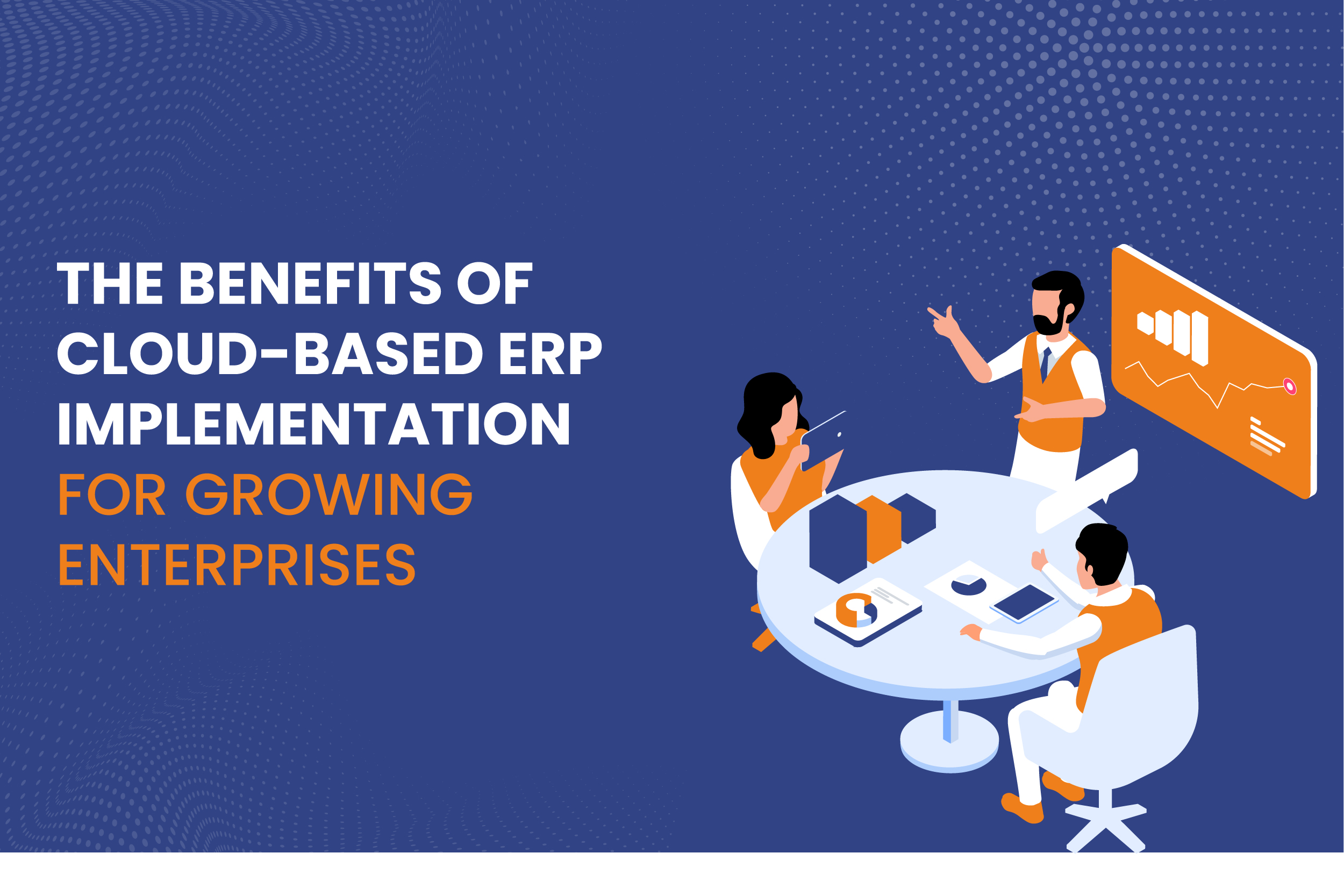
As enterprises scale, managing resources, streamlining operations, and maintaining flexibility become crucial challenges. To address these challenges, businesses increasingly turn to cloud-based Enterprise Resource Planning (ERP) systems.
ERP solutions have long been vital in centralizing various business functions like finance, human resources, supply chain management, and customer relations into a unified system. In recent years, the shift to cloud-based ERP systems has offered even greater benefits, particularly for growing enterprises.
Read More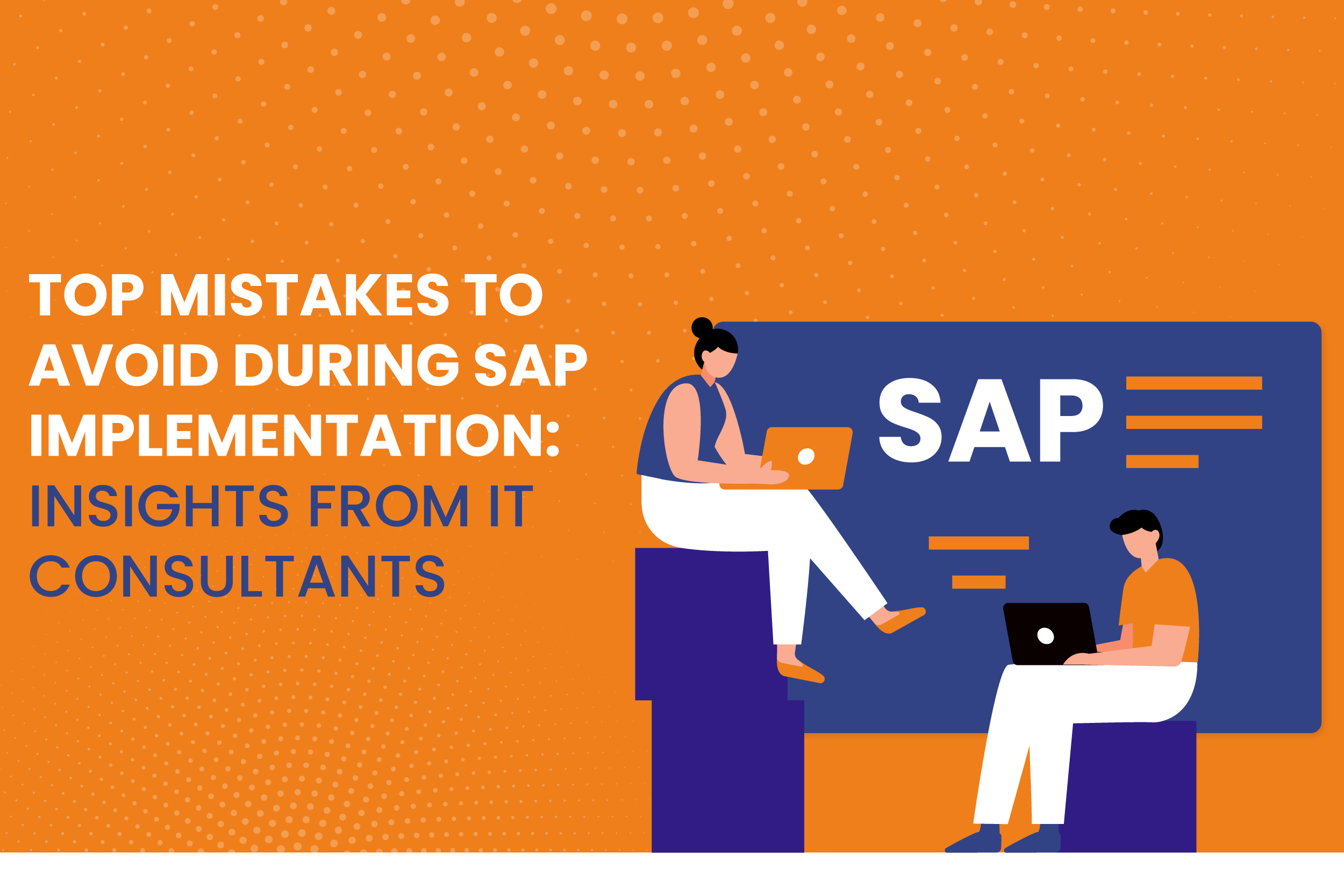
Implementing an Enterprise Resource Planning (ERP) system like SAP can significantly transform an organization’s operations, boosting efficiency and data accuracy. However, an SAP implementation is a complex process that requires meticulous planning and execution. Many companies fail to realize the depth of such projects and commit avoidable mistakes that lead to delays, cost overruns, and frustration.
Read More
In today’s competitive business environment, organizations must be equipped with efficient, reliable, and scalable systems to manage their operations. Enterprise Resource Planning (ERP) solutions provide companies with the tools to streamline their processes, integrate various departments, and enable data-driven decision-making.
Among the vast array of ERP solutions, SAP is one of the most well-known, but it’s not the only option. Businesses must consider whether SAP or another ERP solution is the right fit based on their unique needs.
Read More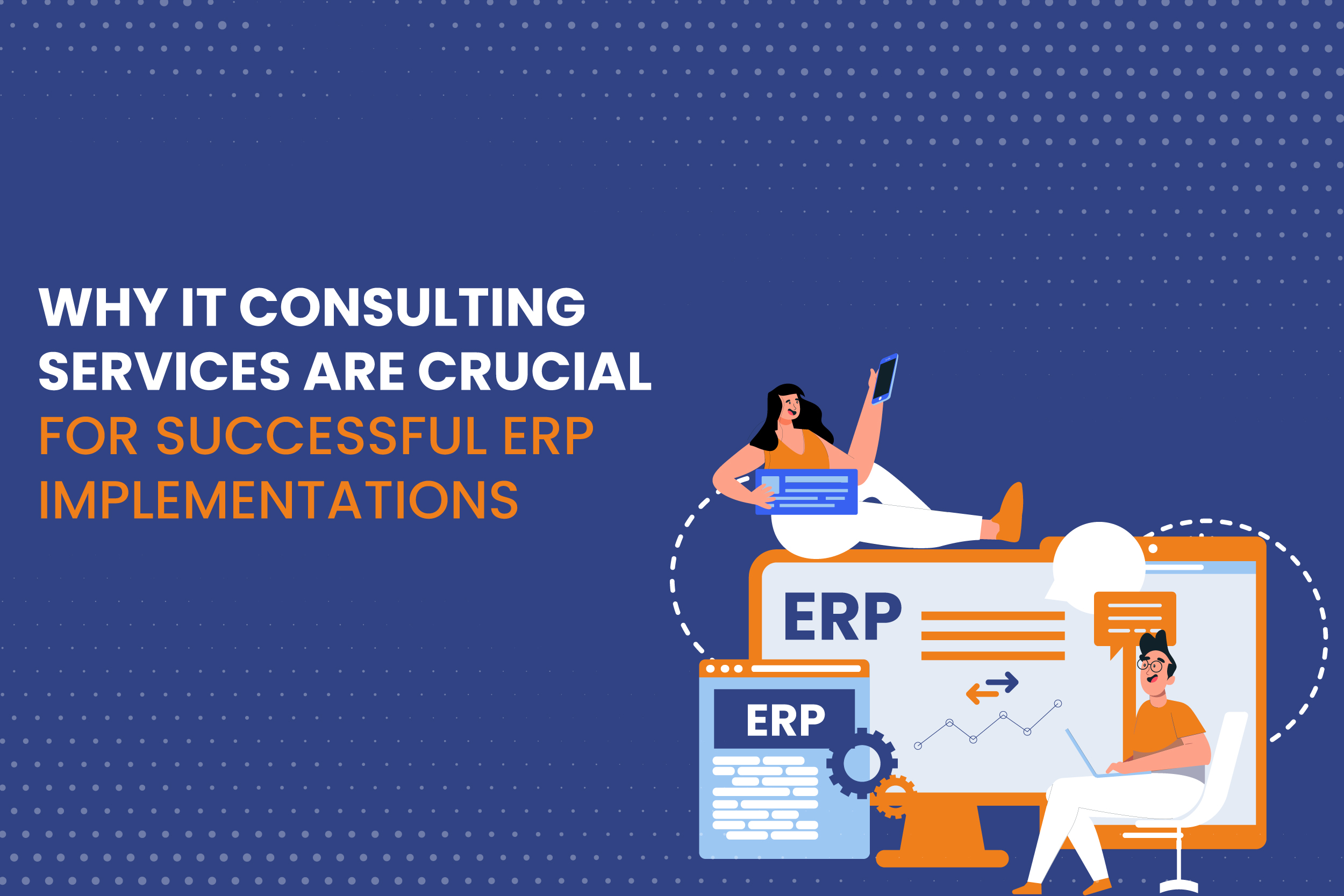
Enterprise Resource Planning (ERP) systems have become the backbone of modern business operations. Whether it’s handling financials, human resources, supply chains, or manufacturing processes, ERP solutions streamline and automate vital business functions, fostering efficiency and growth. SAP, one of the leading ERP platforms, is often the go-to choice for organizations due to its robust and customizable features. However, ERP implementation—whether SAP or another system—is not without challenges. This is where IT consulting services play a pivotal role.
The complexities of ERP implementations require specialized expertise, and IT consulting services provide the technical know-how, strategic planning, and ongoing support that are critical to successful deployment and long-term functionality.
Read More
In the rapidly evolving business landscape, enterprise resource planning (ERP) systems are essential for companies looking to streamline operations, improve data accuracy, and enhance decision-making processes. As we look toward 2025, the future of ERP implementation is promising, with significant trends emerging that are reshaping how organizations deploy and manage their ERP systems. From advancements in SAP implementation to innovations in IT consulting services, businesses must keep a keen eye on these trends to remain competitive.
Read More
Leave a Reply